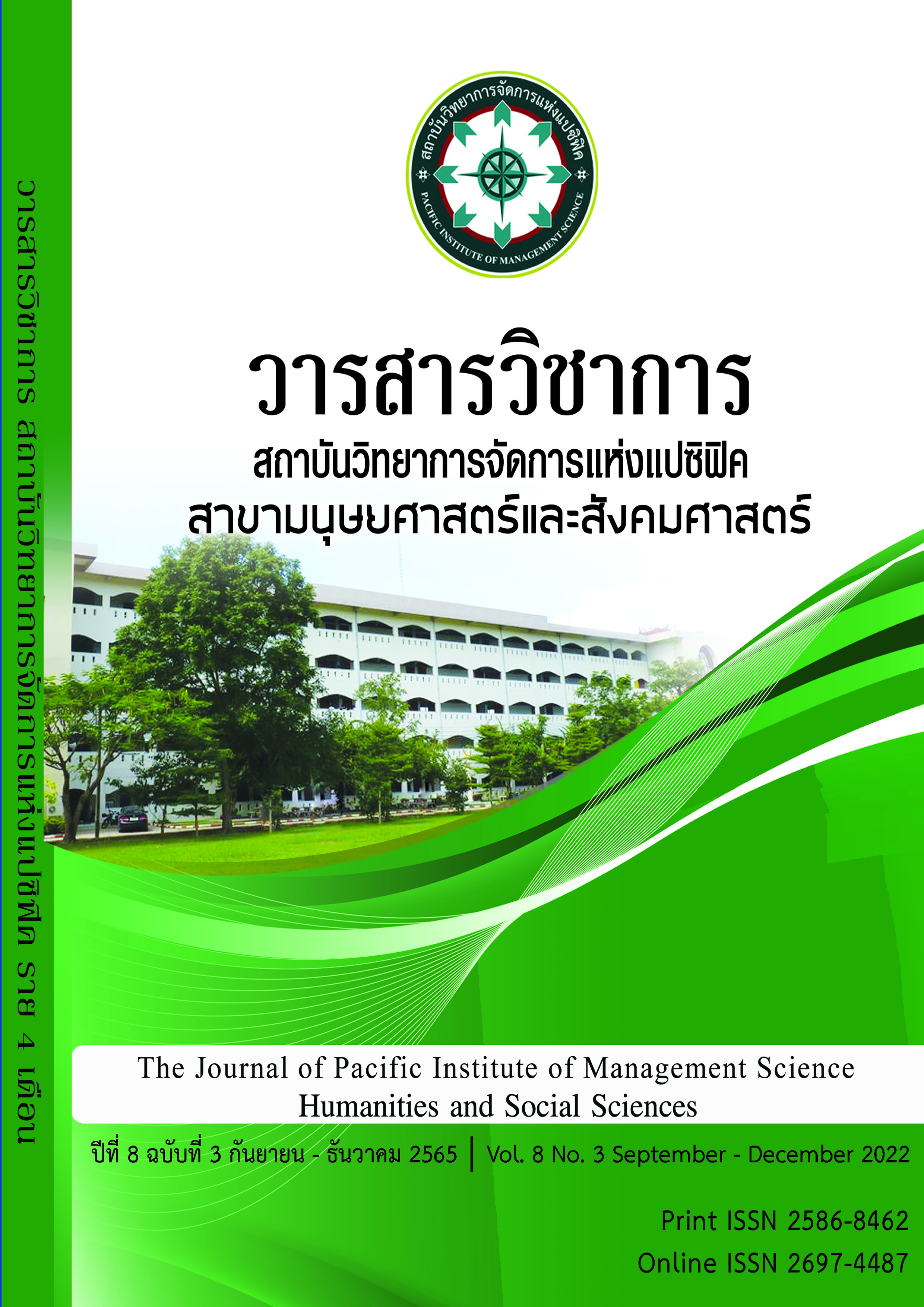Developing 7-S McKinsey Model within Administration and Managed Exercise Center in Thai Regional Hospital
Keywords:
Exercise center, Developing 7-S McKinsey Model, Thai Regional HospitalAbstract
The objective of this research was to develop 7-S McKinsey Model Within Administration Managed Exercise center in Thai Regional Hospital. Research Samples were 76 officers who worked in the management and operation levels of fitness center in the hospitals which were acquired by purposive sampling. The research instruments used for data collection was questionnaire developed by the researchers. The instruments was characterized by rating scale 6 rate verified content validity by IOC (Index of Item Objective Congruence) and verified reliability by Cronbach’s Alpha Correlation Coefficient. Qualitative data were analyzed by using content analysis and Quantitative data were analyzed by using frequency, means, standard deviation, and percentage. The results showed that Developing 7-S McKinsey Model Within Administration Managed Exercise center in Thai Regional Hospital should manage by integrating 7-S McKinsey component - strategy, structure, system, staff, skill, style and shared value. Every exercise center in the country. should manage by using this model by having the same systematic and convenient to manage in the same direction. Moreover every fitness in hospital in Thailand will have more popularity and will be more distinctive. The specialties of each center, development of sub-elements in the field, personal skills and competence, management style and shared values will make different from other and can make the most of the benefits from the government’s fitness center service providers.
References
คณะกรรมการอำนวยการจัดทำแผนพัฒนาด้านการสารณสุข. 2545. แผนพัฒนาสาธารณสุขในแผนพัฒนาเศรษฐกิจและสังคมแห่งชาติ ฉบับที่ 9 พ.ศ. 2544 - 2549. กรุงเทพ : โรงพิมพ์องค์การสงเคราะห์ทหารผ่านศึก
โรงพยาบาลเทพธารินทร์. (2559). ฟิตเนส. สืบค้นเมื่อ 13 พฤศจิกายน 2559 จาก http://www.thep
tarin.com/mede-health-solution/
สุชาติ อนันตะ. 2563. การบริหารจัดการภายในองค์กรกับการพัฒนาคุณภาพโรงพยาบาลส่งเสริมสุขภาพตำบลในจังหวัดยะลา. วารสารวิทยาศาสตร์สุขภาพ มหาวิทยาลัยทักษิณ 2563; 2(2) 35-46.
มงคล วงษ์วุฒิศักดิ์. 2550. ปัจจัยที่มีความสัมพันธ์กับความสำเร็จในการประกอบธุรกิจสปาเพื่อสุขภาพในเขตกรุงเทพมหานคร. วิทยานิพนธ์ศิลปศาสตรมหาบัณฑิต สาขาการจัดการทางการกีฬา, มหาวิทยาลัยมหิดล.
หลักการบัญชี. 2560. กิจการที่ไม่แสวงหากำไร: สมาคม นิติบุคคลอาคารชุด นิติบุคคลหมู่บ้านจัดสรร. สืบค้นเมื่อ 3 เมษายน 2560 จาก http://www.softbizplus.com/accounting-principles/589-ac1-10-non-profit-accounting/
American College of Sports Medicine. (2006). ACSM’S Health/ Fitness Facility Standards and Guidelines (2nd ed.). The United States of America: Human Kinetics.
Chmielewska, M., Stokwiszewski, J., Markowska, J., & Hermanowski, T. (2022). Evaluating Organizational Performance of Public Hospitals using the McKinsey 7-S Framework. BMC Health Services Research, 22(1), 1-12.
Dessler. 2006. A Framework for Human Resource Management. 4th ed. Upper Saddle River, New Jersey : Prentical-Hall.
Dixon, J., Belnap, C., Albrecht, C., & Lee, K. (2010). The importance of soft skills. Corporate finance review, 14(6), 35.
Masfi, A., Sukartini, T., & Hidayat, A. A. A. (2020). Performance improvement model utilizing the mckinsey 7S approach for public health centers in sampang regency of Indonesia. International Journal of Scientific and Technology Research, 9(3),5073-5076.
Miller, R. C., de los Santos, L. E. F., Schild, S. E., & Foote, R. L. (2014). Organizational Culture and Proton Therapy Facility Design at the Mayo Clinic. International Journal of Particle Therapy, 1(3), 671-681.
Nejad, T. A., Behbodi, M. R., & Ravanfar, M. M. (2015). Analyzing Organizational Structure based on 7s model of McKinsey. International Journal of Academic Research in Business and Social Sciences, 5(5), 43-55.
Downloads
Published
Issue
Section
License
Copyright (c) 2022 Pacific Institute of Management Science

This work is licensed under a Creative Commons Attribution-NonCommercial-NoDerivatives 4.0 International License.
บทความที่ได้รับการตีพิมพ์เป็นลิขสิทธิ์ของ สถาบันวิทยาการจัดการแห่งแปซิฟิค
ข้อความที่ปรากฏในบทความแต่ละเรื่องในวารสารวิชาการเล่มนี้เป็นความคิดเห็นส่วนตัวของผู้เขียนแต่ละท่านไม่เกี่ยวข้องกับสถาบันวิทยาการจัดการแห่งแปซิฟิค และคณาจารย์ท่านอื่นๆในสถาบันฯ แต่อย่างใด ความรับผิดชอบองค์ประกอบทั้งหมดของบทความแต่ละเรื่องเป็นของผู้เขียนแต่ละท่าน หากมีความผิดพลาดใดๆ ผู้เขียนแต่ละท่านจะรับผิดชอบบทความของตนเองแต่ผู้เดียว







